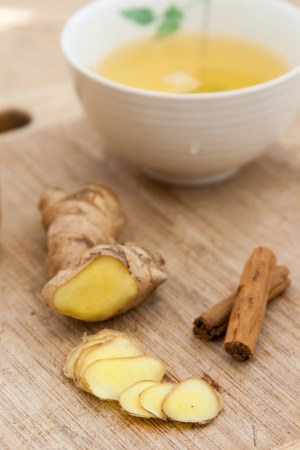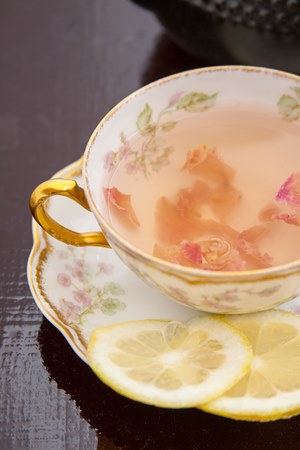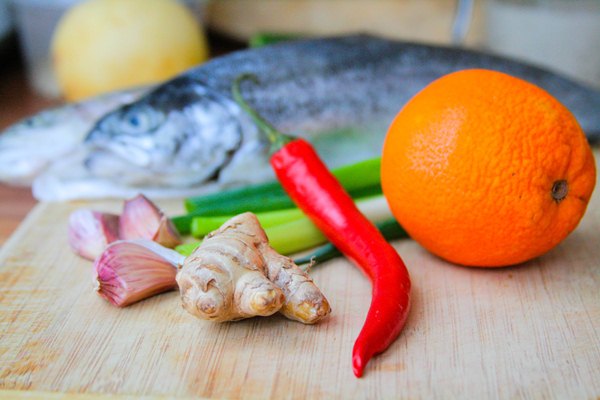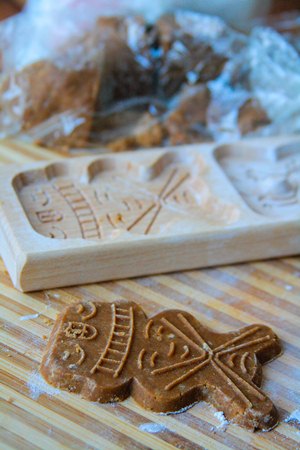Tisanes : Fragrant Caffeine-Free Teas
I have a tea drawer, which is hard to explain to those who either don’t drink tea or don’t drink so much that they actually need a designated tea drawer. “What do you do with it?” ask bewildered guests suspiciously eyeing the dozens of packages that I keep in a credenza in the corner of my dining room. (Those guests become even more bewildered when they see my perfume shelf, but that’s another story). Although all tea comes from the same plant, camellia sinensis, it exists in such a range of flavors and tastes that one box of Earl Grey simply doesn’t cover all of my cravings. But since high-quality tea is best bought in small quantities and drunk as quickly as possible, the bulk of my tea drawer is made up of herbs and dried flowers that I use for tisanes.


Tisane usually refers to a non-caffeinated beverage made by steeping flowers, herbs, or spices in water. I’m very sensitive to caffeine, and after 6pm I don’t drink anything caffeinated. For this reason, linden blossom or cinnamon and honey tisane is one of my favorite ways to wrap up the day. Some infusions like linden, sage and ginger have health benefits, but I drink them for their aroma and taste. It takes less than 10 minutes to brew rose tea, but the boost you receive from a steaming cup that smells like summer itself lingers for hours.
















Joi in Giorgio Armani Mania : Long Lost Favorite Perfume: Yes!! January 25, 2024 at 2:54am